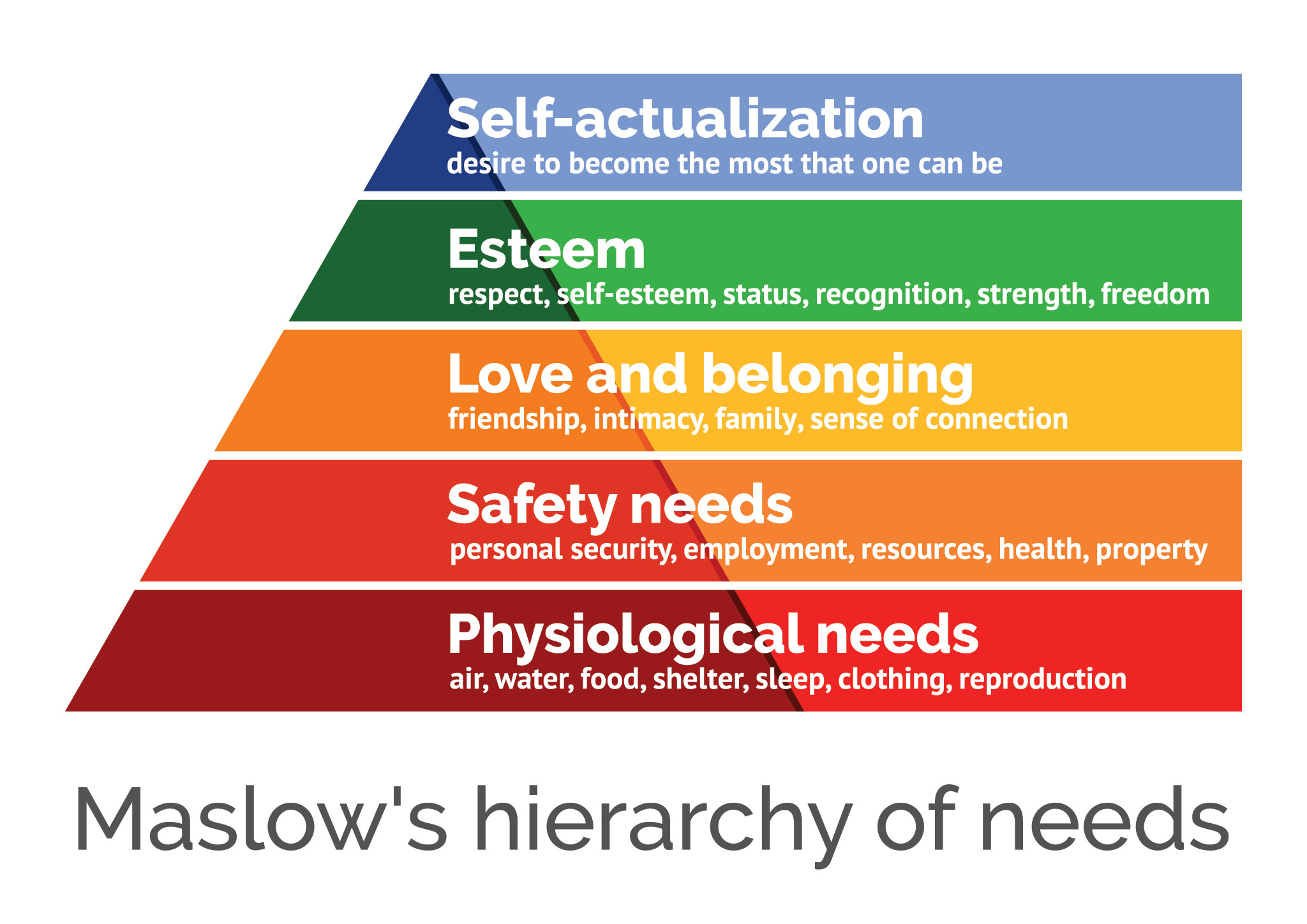Non-toxic working environments

Photo credit: Rejected Narnia Concept, davidd 2008
Who would want to work in a toxic environment? Surely no one, right? Rather like non-carcinogenic drinking water or smoke-free schools, our workplaces are heavily-regulated entities designed to keep us safe.
Non-toxic working environments are achievable with a shared vision and the right level of commitment.
Avoiding toxic work environments
- Naturally occurring
- Transformed by conscious effort
- Everyone’s actively involved
- Belief matters
The nature of my work as a consultant means that I’ve worked in a lot of places; I’ve spent more than a month in more than 30 working environments. People tend to frame their questions around what makes them sick rather than what keeps them healthy; I’m often asked what’s the most influential factor in making workplaces toxic to those who work in them. It’s talent.
The biggest single predictor for toxicity in a workplace is the brilliance of the team.
While it might sound sensational, the brighter the tech team, the more quickly fissures appear in the underlying structures that holds them together, unless the organisation consciously and deliberately adopts practices to avoid them becoming toxic. That’s by no means universal - for a start I’m talking specifically about development teams, who for a variety of reasons exist at the confluence of multiple risk factors - but I’ve seen it over an over again in teams whose principal focus is the deliberate development of technology.
The question that’s possessed me is why. What is it about these teams or the activities they undertake that so often leads them to become bad news for their membership?
Stress is good for you
We’re getting more stressed but the impact of that stress isn’t always clear. Two recent studies on the positive impact of stress, beyond muscle building, suggest that stress might help generate new neural pathways to improve learning and target immune response.
Unfortunately not all of the effects are positive and the negative impacts of stress are well-documented.
Toxicity is bad for you
- Bad stress
- Causes adverse effects
- Not necessarily death
Stress doesn’t have to be terminal for it to have an adverse, or sometimes non-recoverable effect on the body.
Maslow, again

Maslow’s work is much over-used, but it’s helpful to frame the impact of workplace toxicity.
I don’t think it’s fair to call a workplace toxic just because it doesn’t allow me to completely self-actualise and be the most I can be. That’s a bit over the top.
Equally at the other extreme, if a workplace is literally robbing its staff of food, light and shelter, then it’s clearly abusive. I’m not talking about the occasional missed lunch or late night release, but too many instances of illegal workplaces with abhorent working conditions exist to make light of this stuff.
However in the middle lies the kind of needs that are frequently impacted:
Esteem
- Respect of colleagues
- Self-esteem
- Status
- Recognition for work
- Strength, both physical and mental
- Work capacity
Belonging
- Sense of connection with other team members
- Alienation
- Bullying and harassment
Safety
- Personal security
- Fear of losing employment
- Damage to health
- Loss of resources
The severity of the impact increases as the lower echelons of the hierarchy are affected, but it’s important to recognise just how connected they are. If humiliated in front of your colleagues, the likely crushing impact on your self-esteem may in turn lead to an inflated sense of rejection, alienation and fears for your job security.
Acute vs chronic
- Intensity
- Length of exposure matters
The impact is affected by not only the intensity and nature of the stress but also its duration. Toxicity is medically defined in a variety of ways, both in terms of the exposure to the toxic factor and the length of time the organism takes to recover. Work-related impacts are often classed as “sub-chronic toxicity”.
Perception over reality
- Relative assessment over absolute truth
- How you think about it
- Belief matters
As significant, as the nature and scale of the stress you experience, is the way you think about it. In a scientific study, it emerged that those patients who believed that stress affected their health had “an increased likelihood of worse health and mental health outcomes”. Perception of stress affects your mental health. These findings were also reported in a second study.
Interestingly, the power of perception spills over to physical health too. The European Heart Journal reported that those who reported an adverse impact of stress on their health, had a verifiably increased risk of coronary heart disease.
Toxic tech cultures are those that
- demean and devalue you as holistic, multifaceted human beings.
- prioritize profits and growth over human and societal well being.
- treat you as replaceable cogs within a system of constant churn and burnout.
Source: Valerie Aurora and Susan Wu, Getting Free of Toxic Tech Culture
After this article was published, the ensuing debate on Hacker News makes interesting reading. Valerie Aurora and Susan Wu’s experience of toxic tech culture is sadly not unique. I suspect it’s not even that unusual, but that doesn’t make it acceptable.
The difference between the good and bad companies is not whether they have toxic teams, but whether they’re willing to recognise the causes and commit to improving things.
Sadly, there are bad companies.
In a revelation that sent shockwaves through the industry, Susan Fowler talked courageously about the devastating harassment she experienced at Uber.
When the Guardian asked “will Silicon Valley clean up its bro culture?”, many in the tech sector realised that something was shifting.
It’s hard to quantify the reputational damage Uber suffered at its own hands, but it’s a useful reminder to all tech companies that leaving culture to fester can have long reaching impacts both on the people affected by it and in the minds of consumers, for whom that company’s brand is tarnished.
While the skills gap is often cited as the reason why women represent a lower proportion of the tech workforce, I wonder whether a fear of harassment is also shaping educational choices (and consequently job selection) amongst under-represented demographics.
Women in the Tech industry
- Hold 25% of IT jobs
- Own 5% of tech start-ups
- Are 6% of investing partners at VC firms
- Lead in 9% of senior IT positions
- Make up 11% of Fortune 500 companies
Source: Forbes, 2018, Gender Equality: A Trend The Tech Sector Needs To Get Behind
Forbes highlighted gender inequality in their stats.
 You will find more infographics at Statista
You will find more infographics at Statista
Women are under-represented at major technology companies, particularly in tech jobs.

Dishearteningly, the gender pay gap is narrowing too slowly. It’s actually getting bigger in some parts of the Western world. The widening gap in North America seems extraordinary given that it was over 50 years ago that JFK signed the Equal Pay Act of 1963, which made it illegal to pay men and women different wage rates for the same work.
So the status quo is pretty bleak, but what are the things that we can do to identify problems in working culture and address them collectively?
I don’t think any workplace is born toxic, but instead it falls into it. By the time a working environment has become outright abusive, such as the systemic marginalisation of women at Uber, it’s descended through a number of stages.
Seeking out toxicity
If there were a simple, clear, unambiguous way to tell if a workplace is toxic, there’d be a metric for it (and no one would work there any more).
I don’t think there’s a single metric, but in large enough sample sets you might be able to find data that supports a feeling that a workplace is unhealthy. The problem with that is large datasets lend themselves to large enterprises, whereas toxicity affects organisations of any size. It might show up in absenteeism, number and nature of complaints, hiring stats or churn rate, although each of these can have other rational justifications.
Indicators
- At meetings, it’s clear that management is a good old boys’ club
- Offsites tend to be sports- or competition-based
- Male colleagues earn more than women
- When employees voice their concerns there is no action
Source: Entrepreneur magazine, 2017, 10 Signs You've Got a Toxic Workplace Culture, Bro.
- Employees don’t know what’s expected of them
- Policies are followed inconsistently
- Narcissistic leaders
- Physical and emotional health effects, often not talked about
Source: Entrepreneur magazine, 2017, 5 Ways to Tell If Your Workplace Is Really Toxic.
Irrespective of whether some or all of a workforce experience a working environment as toxic, these are not qualities of high-performing or balanced teams! Rooting out negative behaviours starts and ends with individuals. Ultimately it falls to each of us to be accountable not only for the spotting these signs in others, but being honest enough to spot them in ourselves.
Hidden in other areas
- Bullying and harassment
- Under-performing team members and laziness
- Bravado, humour and bonhomie
- Pressure to deliver
- Jungian shadow
Jung talked about the parts of ourselves that we hide, repress or deny. He recognised these shadows as part of a healthy adult psyche and advocated that we recognise and maintain our awareness of, rather than naively ignore, them. Like all unconscious behaviour, shadow hates the spotlight. By noticing, owning and conscientiously choosing not to indulge these behaviours in each individual, the team as a whole grows and nurtures a healthy culture.
Managers
- Empower
- Clarify
- Train
- Promote
- Assess team contribution, not just individual
Managers at all levels have a part to play.
Empower: avoid delegating the same task to several people, then making them fight it out.
Clarify: if there’s a disagreement at board level, fight it out there. Don’t make collaborating teams compete.
Train: Ken Ziegler (LogicWorks) says “you have to be totally intentional about making people aware of how they sound and the way they’re behaving and the way they use words”.
Promote: Culture is set implicitly. How you appoint a scrummaster or Head of Department sends the clearest message about what your company values.
If you assess people individually, they’re less motivated to help each other. It turns out that helping each other has been proved to reduce the health impact of stress, while also good for the team dynamic and reducing the likelihood or prevalence of toxic behaviours.
Individual action
Bring your leadership
Not all leaders are managers. It’s easy to kick cultural responsibility into the long-grass or making singly the responsibility of ‘managers’. We all create culture, all the time, with every action in the group.
Get involved
Everyone of us contributes to, is complicit with or fights against toxicity.
Talk
Talk openly about mental health.
Avoid humiliating people, talk to them 1:1, talk to them respectfully, talk to them discretely.
Behave
Call out behaviours that you think are unacceptable.
Own the behaviour in yourself first.
Recognise all of yourself
Embrace your inner crapness, it’ll make you more tolerant of others’.
Zebra school

Photo credit: Zebras, susanjanegolding 2016
Trudi West introduced me to the idea of Zebra School. I’m not going to express it as well as Trudi does, but broadly it goes like this.
If you’re a Zebra you need to learn to survive, so you attend Zebra school (somewhere on a wild african savannah). What you learn at Zebra school is that you’re part of a herd and if a predator comes you need to run. But quickly you realise you don’t need to run like an olympic athlete (zebra), you only need not to be the one zebra that gets caught by the predator. You learn not to be the slowest zebra.
The temptation in a difficult or toxic culture is to learn not to get picked off. We’re a highly adaptive species and we learn to survive, or endure, or ignore, or pretend it’s not happening. But it is. And it’s happening to lots of people, a lot of the time. And they often can’t fix it by themselves, we all need to get involved. There are no innocent by-standers to toxic work culture.
Be Lions!

Photo credit: Lion, Mario Micklisch 2014
Several species demonstrate care for their pack and others OneGreenPlanet: 6 Animal Species With Strong Family Bonds so choose whatever animal avatar works for you. Research in the last decade has shown that (particularly amongst the females) many species demonstrate profound consideration for the group over their own individual wellbeing.
In nature, those strong bonds extend outside of family units so are a useful model for the majority of human workplaces today. Hopefully that sort of altruism will extend to more working environments in the future.
Most references are in-lined above, but thanks also to Dani Grodsky and Kelly McGonigal.

Leave a Comment